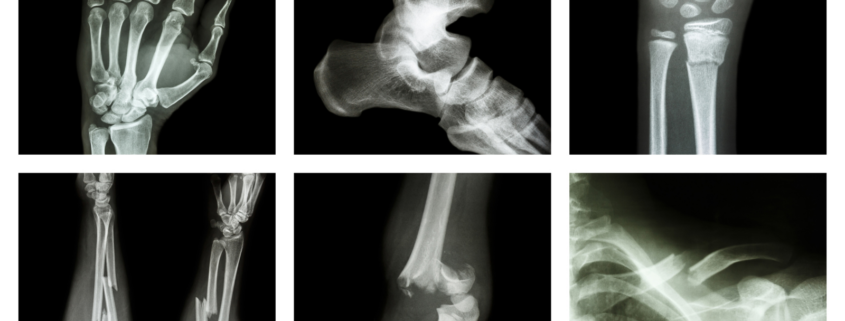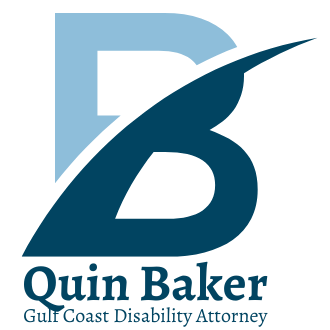Getting Social Security Disability for Bone Fractures
If you’ve suffered a severe bone break as the result of an accident, work injury, or another incident, you may be expecting an easy recovery. What happens if you don’t recover quickly and instead find yourself unable to work months or years after the accident? If you are injured severely enough to be unable to work, you may qualify for Social Security disability benefits. To learn more about what it takes to get approved, and to discuss your case with our team, call Baker & Baker at 850-433-0888 now.
Types of Bone Fractures
There are numerous types of bone fractures, and the type of break you experience may determine your prognosis and whether or not you are able to return to work. While there are a wide range of different fracture types, most can be categorized into either displaced or non-displaced and open or closed.
A displaced bone is one that has broken completely through, which means that the bone pieces may not be able to be placed correctly for a complete recovery. Non-displaced fractures involve bones that have only partially broken, so the bone pieces remain in alignment.
An open fracture is one where the broken bone pierces through the skin, significantly increasing the risk of infection and complicating the healing process. Closed fractures involve bones that do not break through the skin.
Complications That Could Cause Permanent Damage
A broken bone could lead to serious complications that impact your ability to work permanently or long-term. If surgery to set a break goes poorly, a patient could experience unexpected damage to the affected bone, nearby organs, or joints. Surgery also carries the risk of hypovolemic shock, which occurs when a patient experiences severe blood loss as a result of a burst blood vessel. The path to recovery can be long and difficult.
There’s also the possibility of the bone not setting properly. If the bone fuses but heals improperly, this could permanently impact an individual’s ability to use the affected body part. Other long-term concerns include bone death, muscle atrophy, and bone infection.
When You Qualify for SSD Benefits
In order to receive SSDI benefits, you must first qualify via your work history and your disability. Most applicants need 40 work credits in order to begin receiving benefits. You can check your credit status via your “my Social Security” account.
You may qualify if your broken bone or any injuries resulting from it are severe enough to keep you out of the workforce for at least one year. However, note that the Social Security Administration has extremely high standards in this area. You can’t simply say that your injuries keep you from working, provide an overview of your medical records, and expect to be approved. Most applicants are denied when they first apply, and they must either appeal the initial decision or reapply.
Two Ways to Qualify
There are two ways you can qualify for disability benefits. First, you can meet the listing requirements of the SSA Listing of Impairments. There are two listings: a non-healing or complex fracture of the femur, tibia, pelvis, or one or more of the talocrural bones; and a non-healing or complex fracture of an upper extremity.
These both require proof of a nonunion fracture that is not clinically solid. If you have a lower body bone fracture, you’ll also need a documented medical need for a mobility device, such as a walker, bilateral crutches, or wheelchair. If you have an upper extremity fracture, you must have medical documentation of an inability to engage in work-related activities that require gross and fine motor movements.
If you do not meet the requirements under the appropriate diagnosis, you can also get your RFC (residual functional capacity) assessed. This looks at your impairments and at your ability to engage in various types of work tasks.
Reach Out to Baker & Baker Now
The team at Baker & Baker is here to help you fight for the benefits you deserve. If a disability has put an end to your career, it’s time to find out if SSD benefits are right for you. Set up a consultation now by calling us at 850-433-0888 or sending us a message online





Leave a Reply
Want to join the discussion?Feel free to contribute!